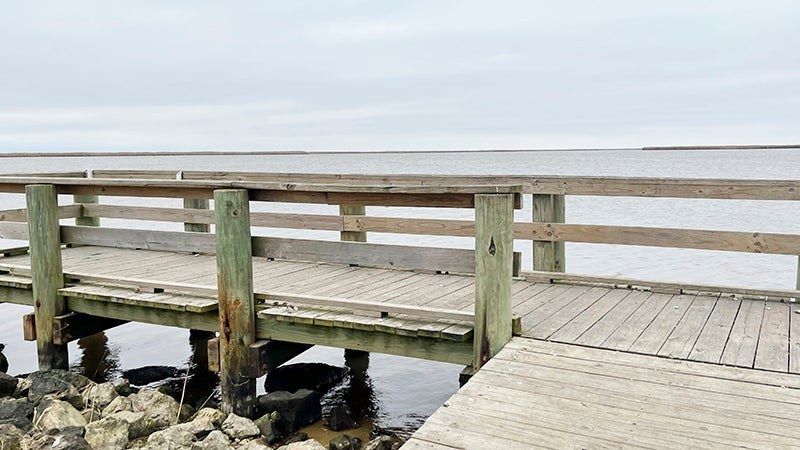Coastal erosion study to include Jefferson County
Published 12:34 am Friday, April 7, 2023

- The McFaddin National Wildlife Refuge is home to river otters, bobcats, coyotes, American alligators and more than 280 documented species of birds. (Monique Batson)
|
Getting your Trinity Audio player ready...
|
Jefferson County is among seven counties included in a study of the impacts of major storms on erosion along the Texas Gulf Coast.
The Texas General Land Office’s Coastal Management Program is funding the study.
The University of Houston is performing the study “using Lidar, UAV-based-photogrammetry and other remote sensing data,” according to information from the GLO.
Erosion
Erosion due to major storms is evident with a look at areas such as Sea Rim State Park and McFaddin Beach. Hurricane Ike in 2008 destroyed the main building at the state park and wiped away swaths of land and dunes, leaving the nearby wetlands vulnerable.
According to information from the McFaddin National Wildlife Refuge, “the current rate of erosion on McFaddin Refuge averages between 15-45 feet of marsh habitat lost every year.”
Other storms like Hurricane Harvey coupled with erosion have eaten away at the coast.
The results of the new project are going to help officials “design robust maintained/restored dunes for erosion mitigation by studying the post-storm responses of dunes in storm-impacted areas and the internal structure of natural dunes,” according to the TXGLO.
Jefferson County Judge Jeff Branick has been a proponent of dune restoration for many years.
“As Texas and the rest of the Gulf Coast start paying a lot more attention to dune restoration, storm surge suppression benefits of beaches and marshes, and deal with resilience issues, this particular study should add to the body of knowledge on best practices for restoration materials, vegetation and design to promote healthy coastal ecosystems and storm mitigation,” Branick said.
Dune-related work
Several years ago a grant was awarded for the McFaddin Beach and Dune Restoration project to replace approximately 17 miles of shoreline.
Branick, in 2017, called the grant a milestone to completing the Salt Bayou Watershed Restoration Project, which was the county’s number one priority using funds collected through fines and penalties from the 2010 Deepwater Horizon oil spill.
Sand will be brought from a riverbed approximately 1.5 miles off shore and brought to the land to restore dunes.
The University of Houston study is tentatively set to begin Oct. 1 with a completion date of March 31, 2025.





